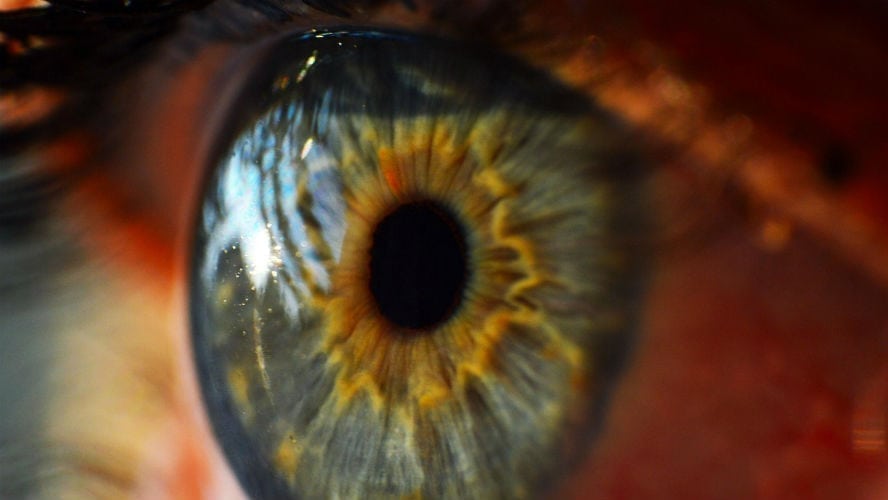Blindness due to retinal scarring or disease affects over 15 million people across the globe. Sadly, there are too few cornea donors to meet the demand and scientists have been struggling for years to develop alternative treatment options for those in need. The long wait may be drawing to a close, as researchers at Newcastle University recently developed the most viable version yet of a 3D printed cornea.
The cornea is more than just the eye’s outermost layer, it’s also responsible for protecting the eye while refracting and focusing the light entering the retina. The demand for corneal transplants is high and scientists needed to develop a biocompatible bio-ink to utilize in the 3D printing process. By combining alginate and collagen with stem cells, researchers were able to develop an ink stiff enough to retain its shape but fluid enough to excrete through the printer. The stem cells are able to endure the printing process and remain viable through the transplant procedure.
3D printing a corneal transplant requires much less donor material per procedure. Traditional methods require one donation to treat one patient, whereas the new process could treat up to fifty patients with just one donated corneal lens. 3D mapping exactly duplicates the size and shape of the cornea being replaced and the printing process takes less than ten minutes from start to finish. Though it may be years before the procedure can be scaled for mass use, the long-term implications for the technology are astounding, potentially changing the lives of millions of people worldwide.











